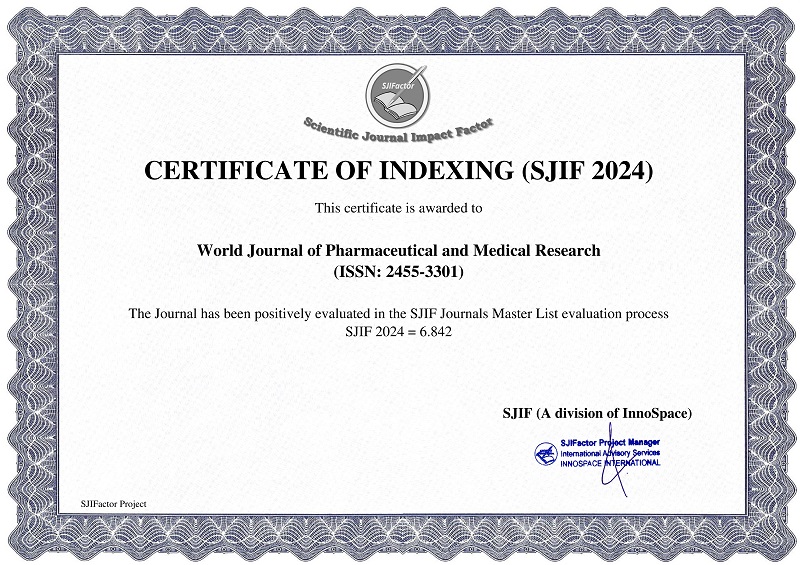THROMBORESISTANT VASCULAR WALL IN PATIENTS WITH CHRONIC GENERALIZED PERIODONTITIS IN COMBINATION WITH A SYNDROME OF ATHEROSCLEROSIS
Usmanova Sh.R.* and Khadzhimetov A.A.
ABSTRACT
Introduction. Periodontal disease is a serious public health problem, as they have a high prevalence, reduce the quality of life and chewing, can lead to disability and loss of teeth, have financial implications and are chronic diseases with potentially negative consequences for overall health, for example, contribute to the development of atherosclerotic vascular diseases. Purpose. We aimed to study a role of disturbances of functional activity of thromboresistance of endothelia of a vascular wall at patients of Chronic Generalized Periodontitis (CGP) in a combination by an atherosclerosis syndrome. Material and Methods. We chose 52 patients with CGP. All of them, 24 patients were without comorbidities. Patients treated in Stomatology Department, Clinic of the Tashkent State Dental Institute. Patients with syndrome of atherosclerosis aged 40 to 65 years. There is manifested by an increase in the level of endotheliocytes if desquamated on average 2.3 times in the combined disease group and 20% in patients with CGP group without comorbidities when comparing the performance of healthy individuals. The source of extracellular annexin A5 is apoptotic compositions produced and destroyed cells. Results. Significant increase in the level of annexin A5 in patients with CGP is an average of 1.5 times. The highest values of the level of annexin A5 was observed in patients with CGP combined syndrome of atherosclerosis, where its value exceeded the initial level more than 5 times (P<0.05), indicating a dysfunctional disturbance of the endothelial cells of the vascular wall. Conclusion. Combined form of periodontal disease occurs endothelial dysfunction “run”, in turn, a syndrome of inflammation that must be considered when planning a set of measures of therapeutic interventions.
[Full Text Article] [Download Certificate]



